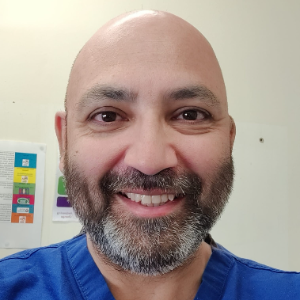Covid-19 And Orthopedics
Coronaviruses are a group of viruses that are mostly transmitted from animals to humans. Severe acute respiratory syndrome (SARS) in 2003, Middle East respiratory syndrome coronavirus (MERS-CoV) in 2012, and novel severe acute respiratory syndrome coronavirus (SARS-CoV-2)-infected pneumonia are the third time novel coronaviruses have emerged in the recent two decades (COVID-19). Orthopaedic surgeries, which include both elective and emergency procedures (trauma patients), necessitate operation theatres, which are high-risk areas for COVID-19 transmission, putting health-care workers at risk of contracting the disease and reducing the resources available to Today's population during the pandemic. Because of the high prevalence of COVID-19, limited resources and staff, heightened transmission risks, and the strain on health systems during this pandemic, the health system must act quickly and support critical surgical care while safeguarding patients and employees and conserving precious resources.

Stephen S Tower
University of Alaska Anchorage, United States
Marcos Brioschi
American Academy of Thermology, United States
Ali Al Kaissi
National Ilizarov Medical Research Center for Traumatology and Orthopaedics, Russian Federation
Akash Ganguly
Warrington and Halton Hospitals NHS FT, United Kingdom
Hussein Jaber
University of Cambridge, United Kingdom




Title : Knotless suture repair for chronic lateral ankle instability: A systematic review & single- arm meta-analysis
Hussein Jaber, University of Cambridge, United Kingdom
Title : The UK profemur recall and implant cobaltism
Stephen S Tower, University of Alaska Anchorage, United States
Title : The tomographic phenotype and the genotype of wormain bones
Ali Al Kaissi, National Ilizarov Medical Research Center for Traumatology and Orthopaedics, Russian Federation
Title : Total Knee Arthroplasty (TKA) in hemophilic arthropathy: Modern outcomes and perioperative strategies
Jack Russek, Touro University California, United States
Title : Musculoskeletal and orthopedic implications of Gender-Affirming Hormone Therapy (GAHT): A PRISMA-Guided systematic narrative review
Jack Russek, Touro University California, United States
Title : New treatment of muscle contracture and joint contracture through muscle regeneration with mitochondrial dynamics
Ki Ji Lee, Busan Medical University, Korea, Republic of